The most commonly asked mechanical engineering interview questions must be prepared well by the freshers before appearing for a job interview. The answers given by the candidates show their knowledge, skill, and presence of mind.
Table of Contents
The freshers appearing for a job interview must be well prepared with mechanical engineering interview questions that are most commonly asked. The questions include ‘Explain the types of fits’, ‘what is meant by the casting process’, ‘what is a bearing’ and a lot more.
The questions asked in the interview are a combination of what the candidates have studied in their mechanical engineering course along with practical knowledge about their application. The candidates must prepare for the interviews very well. Their answers must show their knowledge and skill in the field. They must sound confident with their answers. The interviewer may ask several questions related to the field. It is therefore mandatory that the candidates go very well-prepared for the interview.
Top 30 Mechanical Engineering Interview Questions
Campus drives are organized by the colleges offering courses in mechanical engineering and other fields, where top recruiters come. It is crucial to give correct answers to the questions when appearing for a job interview. The purpose of taking the interview is to ensure that the candidate they hire has all the information about the job. Through the various questions, the interviewer checks the suitability of the candidates to the available job.
Few of the top mechanical engineering interview questions have been compiled below. The answers have also been given to help the candidates prepare for the interview. The freshers as well as other candidates appearing for a job interview must have a look below:
1. What is meant by auto-ignition temperature?
Answer: For a substance, its auto-ignition temperature can be said to be the lowest temperature at which it will ignite at standard temperature without external stimulation through spark or flame.
2. Can you explain the working of a cotter joint?
Answer: The cotter joint is a kind of joint that connects two rods that are under tensile or compressive stress. The cotter joint is a steel or iron-made joint. This joint connects a piston rod on the crosshead of a steam engine that is reciprocating.
3. What is meant by a fuel’s calorific value?
Answer: The calorific value of a fuel is the quantity of heat it produces through ignition under STP (Standard Temperature and Pressure).
4. Can you explain the difference between an elastic centre and a shear centre?
Answer: The elastic centre is at the centre of gravity while the shear centre is located at a point where the force will need no twist to act.
5. What is an orthotropic material?
Answer: an orthotropic material belongs to a specific class of anisotropic material that can be explained by describing the properties in 3 perpendicular directions. Examples of orthotropic materials are composites and wood.
6. What kind of pipes are used in steam lines?
Answer: The steam lines use steel pipes that have welded fitting.
7. What would you prefer to use - pneumatic system or hydraulic system?
Answer: The cost of a pneumatic system is much lower compared to the hydraulic system. The advantage of a pneumatic system is that it does not cause oil leakage in case of a leak.
8. What do you know about a greenfield project?
Answer: Greenfield projects are eco friendly projects. These do not cause environmental pollution.
9. What do you mean by ferrite?
Answer: Magnetic iron rock is called ferrite.
10. What is a solder made of?
Answer: A solder is an alloy of lead and tin. Asolder finds use in electrical joints.
Also Check: 10+ Highest Paying Engineering Jobs in 2024
11. What is a catenary cable?
Answer: A catenary cable is connected to a support and carries its weight. A c itinerary cable is used in the streetcars and light rail trains.
12. What do you mean by caustic embrittlement?
Answer: It is a change in the metal - a physical change. This occurs when caustic soda accumulates causing the boiler to turn brittle.
13. Where would you use a pyranometer?
Answer: A Pyranometer is a kind of acidometer used for the measurement of solar radiation flux density from the upward hemisphere, where the wavelength range is 0.3 - 3 micrometres. It can be used to monitor the working of PV or Photovoltaic power plants.
14. What are the vital requirements for perfect gas?
Answer: 1. The state equation must be satisfied. 2. Specific heat must remain constant.
15. Can you briefly talk about the Otto cycle?
Answer: The Otto cycle can be explained through the working of a four stroke engine working on spark ignition. When gas is subjected to a change in temperature, volume, adding or removing heat is a phenomenon which happens in Otto cycle.
16. How can you explain enthalpy?
Answer: Enthalpy can be said to be the heat content in a thermodynamic system.
17. How can you define pitting?
Answer: Pitting can be said to be corrosion which becomes a hole in the metal.
18. What is the relationship between pressure drop and pipe diameters?
Answer: Pressure drop is inversely proportional to the pipe diameters.
19. Which furnace is used for the heating of metals?
Answer: Induction Furnace Electrical.
20. What is a load that is distributed uniformly?
Answer: A uniform distribution of load can be said to be spread through a region of the beam. In this, the load magnitude remains constant throughout.
Also Check: Government Jobs vs Private Jobs: What's the Difference?
21. How does the electrical input affect the air compressor efficiency?
Answer: The air compressor can be said to be highly inefficient when the output is compared to the electrical input. 10% of the input gets used and 90% is wasted.
22. What is a clearance fit?
Answer: This fit occurs between two parts that are similar.
23. Can you name the types of brakes?
Answer: Mechanical brake, Electrical brake, and Hydraulic brake.
24. How can sliding contact be classified?
Answer: It can be classified on the basis of varying thickness of the film bearings.
25. How would you explain mechanical refrigeration?
Answer: Mechanical refrigeration involves the process of removal of heat from a particular location through artificial exchange of heat.
26. Name the different types of screws.
Answer: Screw thread, screw driver, and screw head.
27. How can you explain cavitation in pumps?
Answer: When cavities and bubbles are formed in a liquid in a relatively low pressure area around the impeller, it is called cavitation.
28. What is GD&T? What does it define in mechanical engineering?
Answer: GD&T is Geometric Dimension and Tolerance. It defines engineering tolerance.
29. What is meant by knurling?
Answer: This is a process of manufacturing performed on a lathe tool to form a pattern on a bar which is used in the form of a handle.
30. What is the relationship between the coefficient of performance (COP) in a system and its efficiency?
Answer: The COP of a system is directly proportional to the efficiency of the system whole.
Also Check: Top 10 Trending Jobs in India
Tips on Preparing for a Mechanical Engineering Interview
The candidates must keep a few tips and tricks in mind while preparing for a mechanical engineering interview. They are:
- The candidates should reflect on their skills. They must highlight their skills in the interview.
- It is important to know the company before appearing for the interview. The candidates must perform good research on the company.
- If there is a previous project that a candidate has worked on, that will be an additional benefit. The project can be discussed when asked.
- The candidates must go through the questions discussed above which are the most asked questions in a mechanical engineering interview.
Also Check: List of Government Jobs For Engineers in India




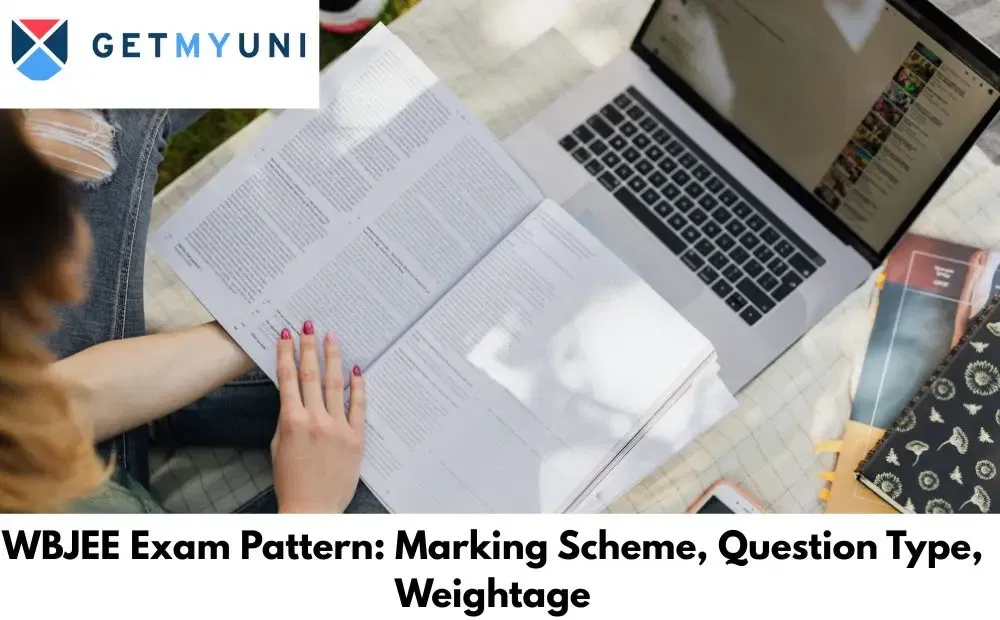



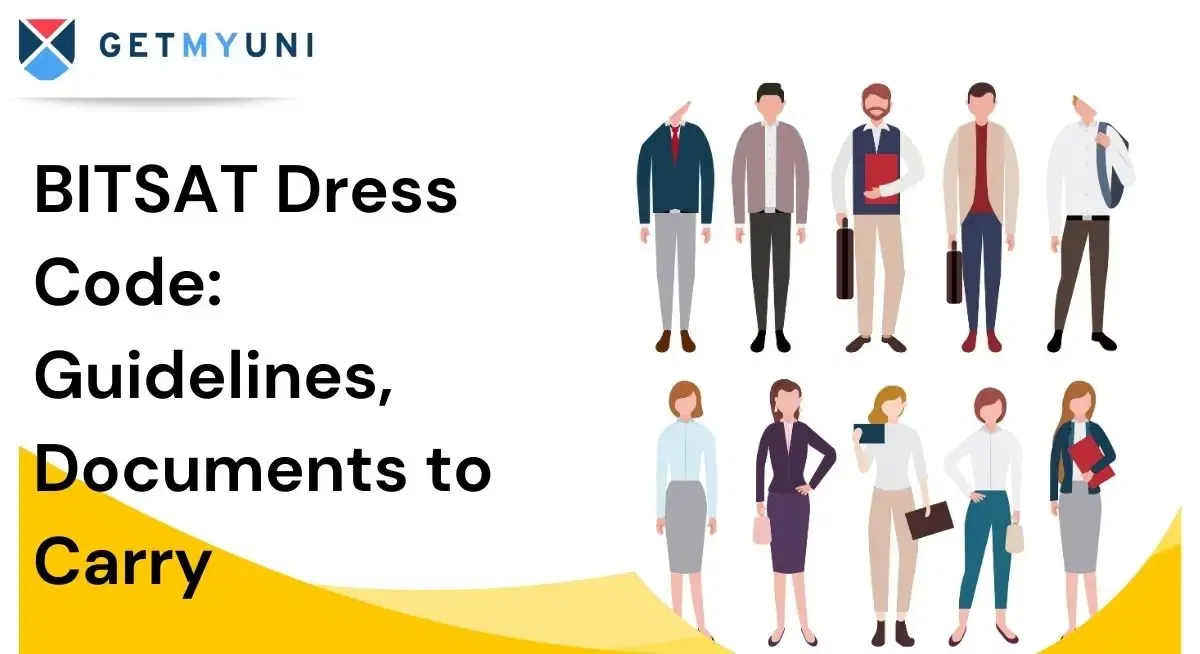

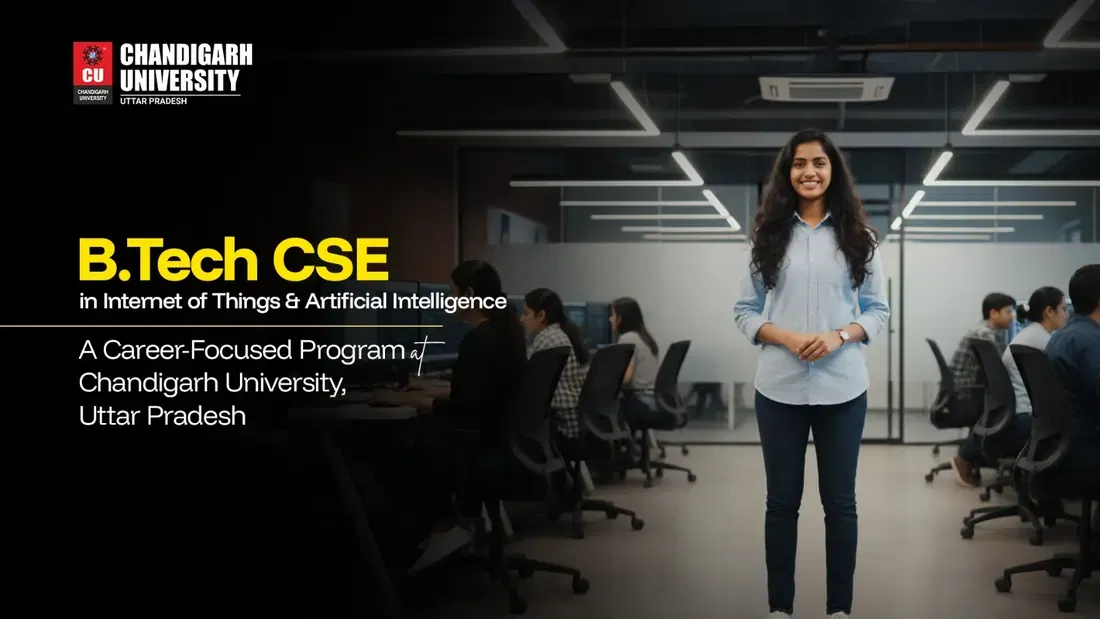
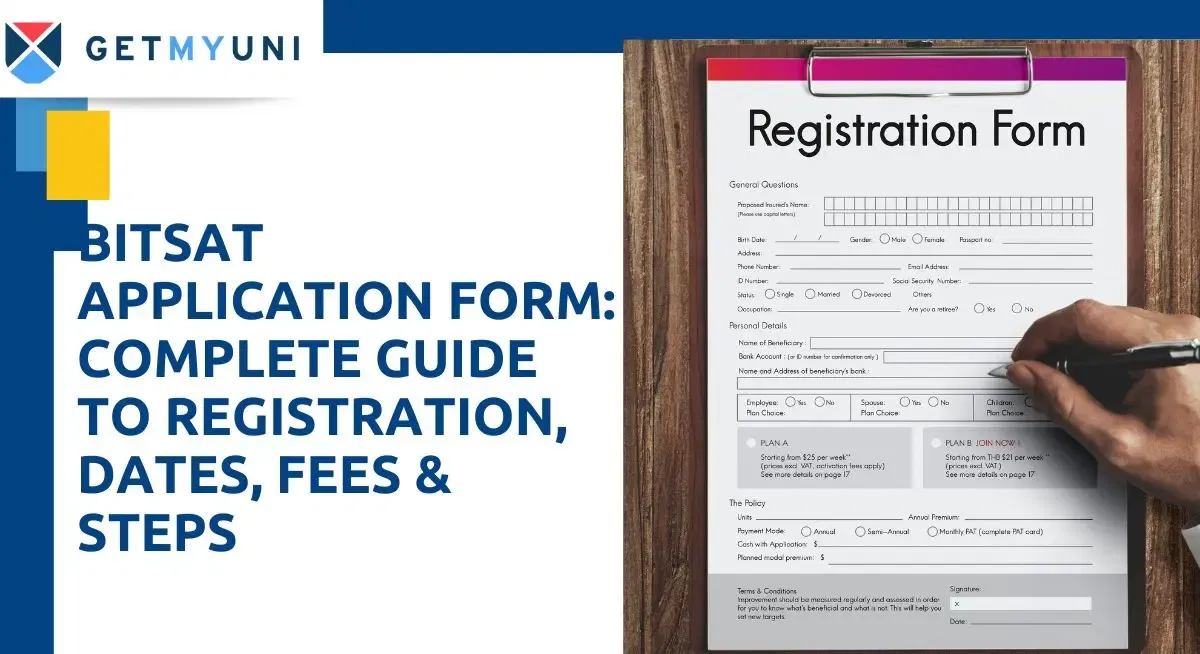
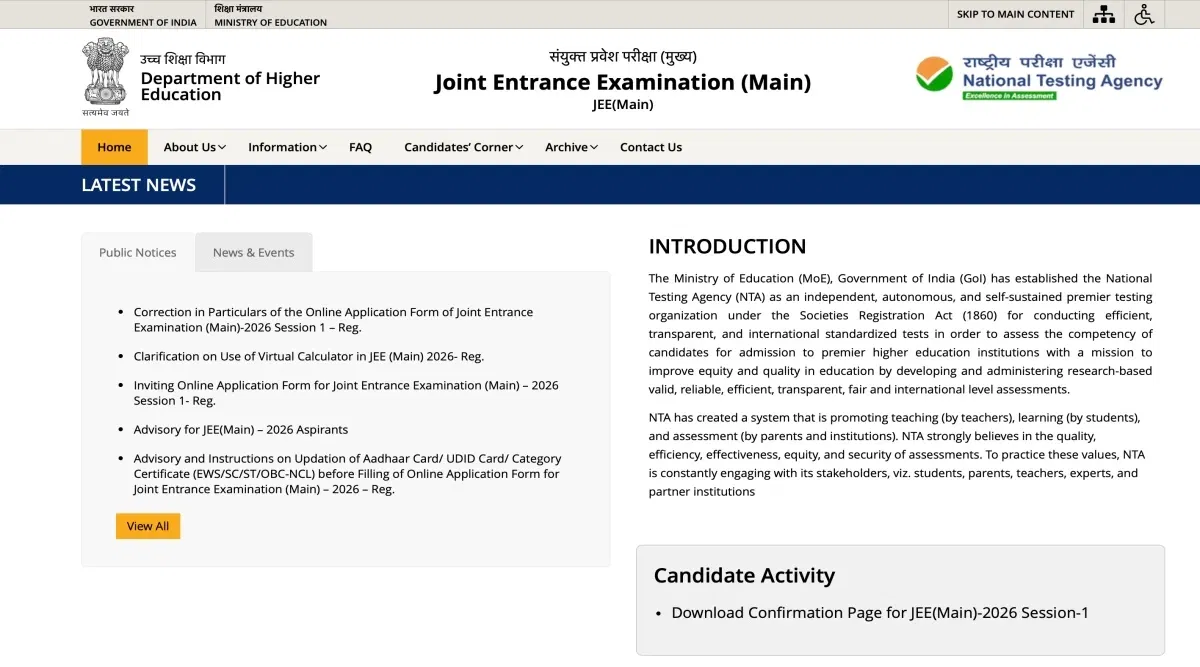



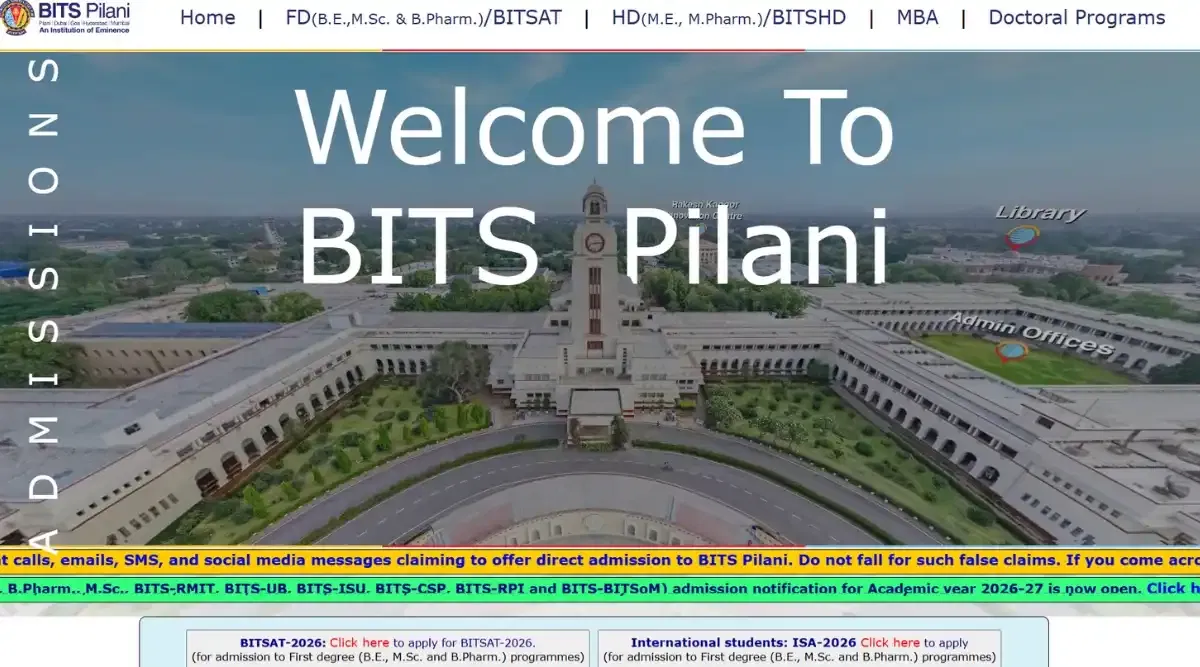


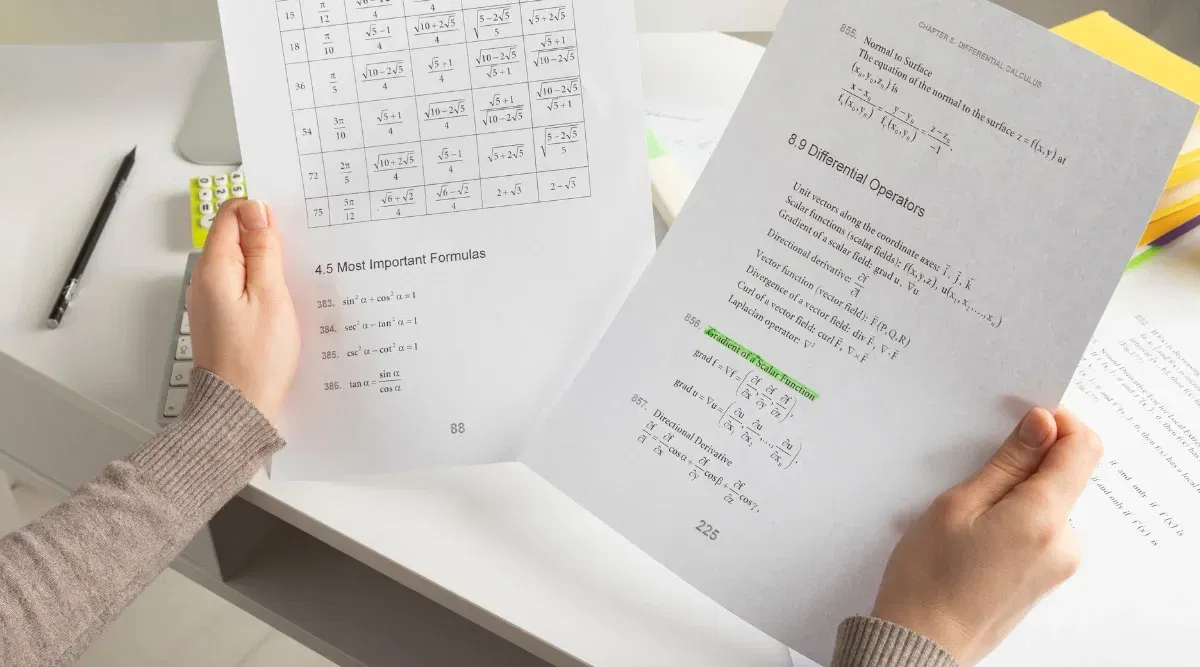

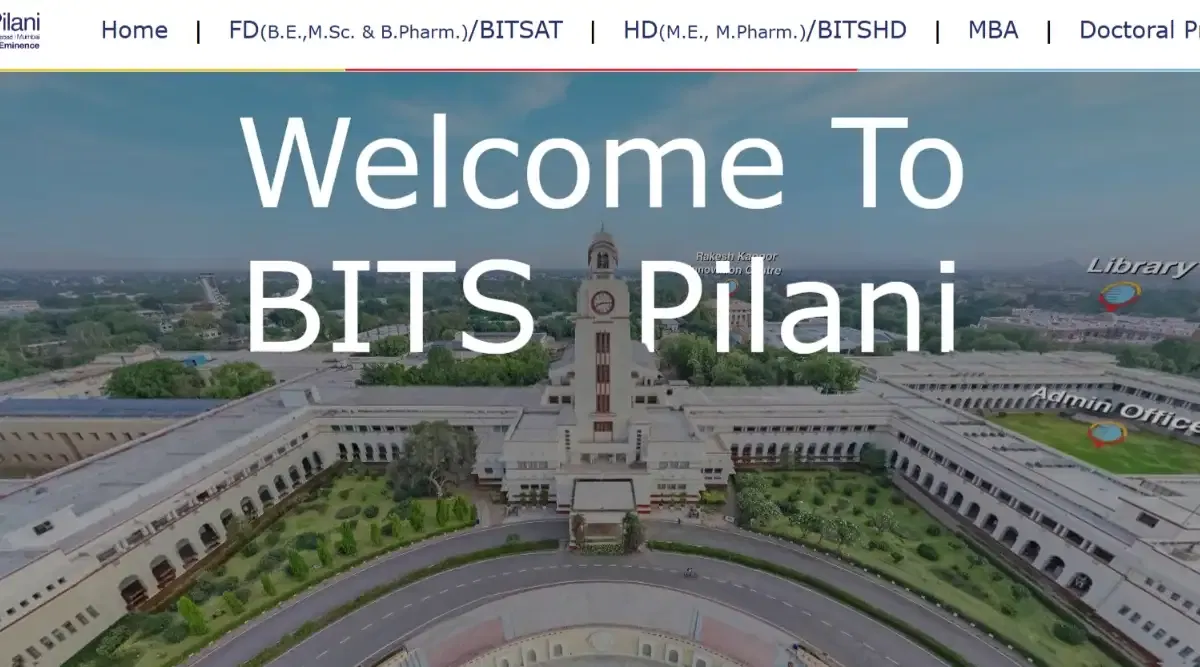

POST YOUR COMMENT